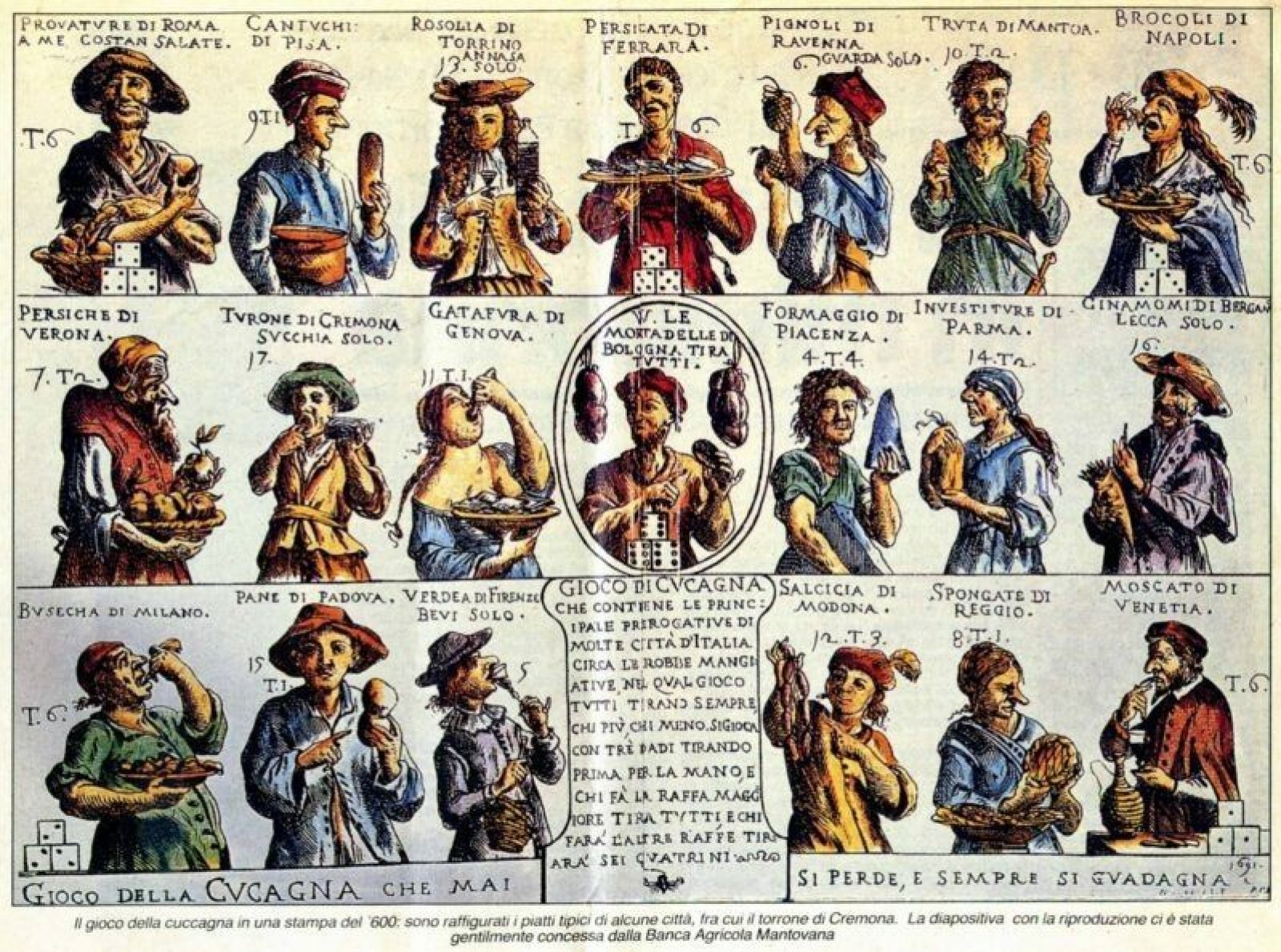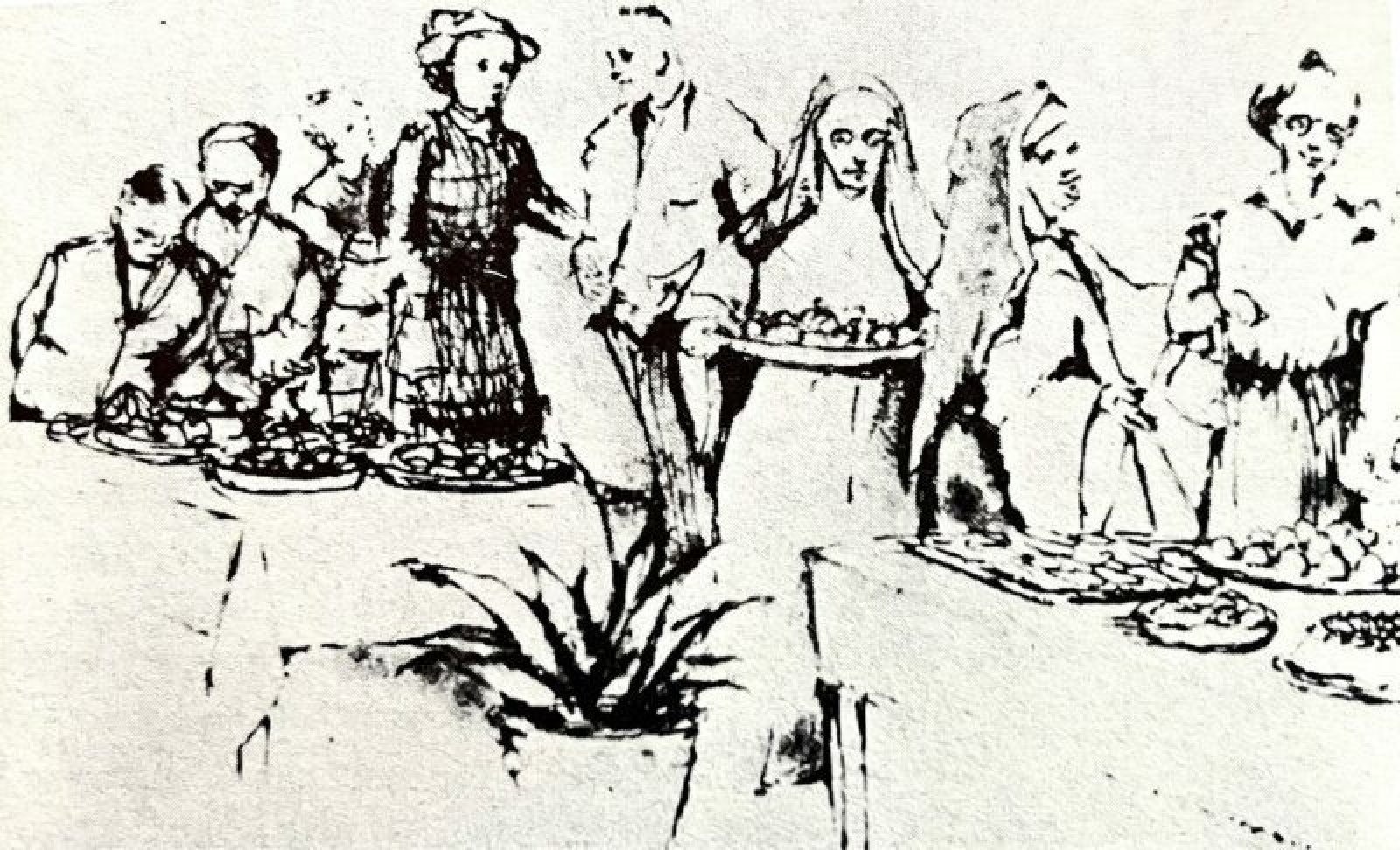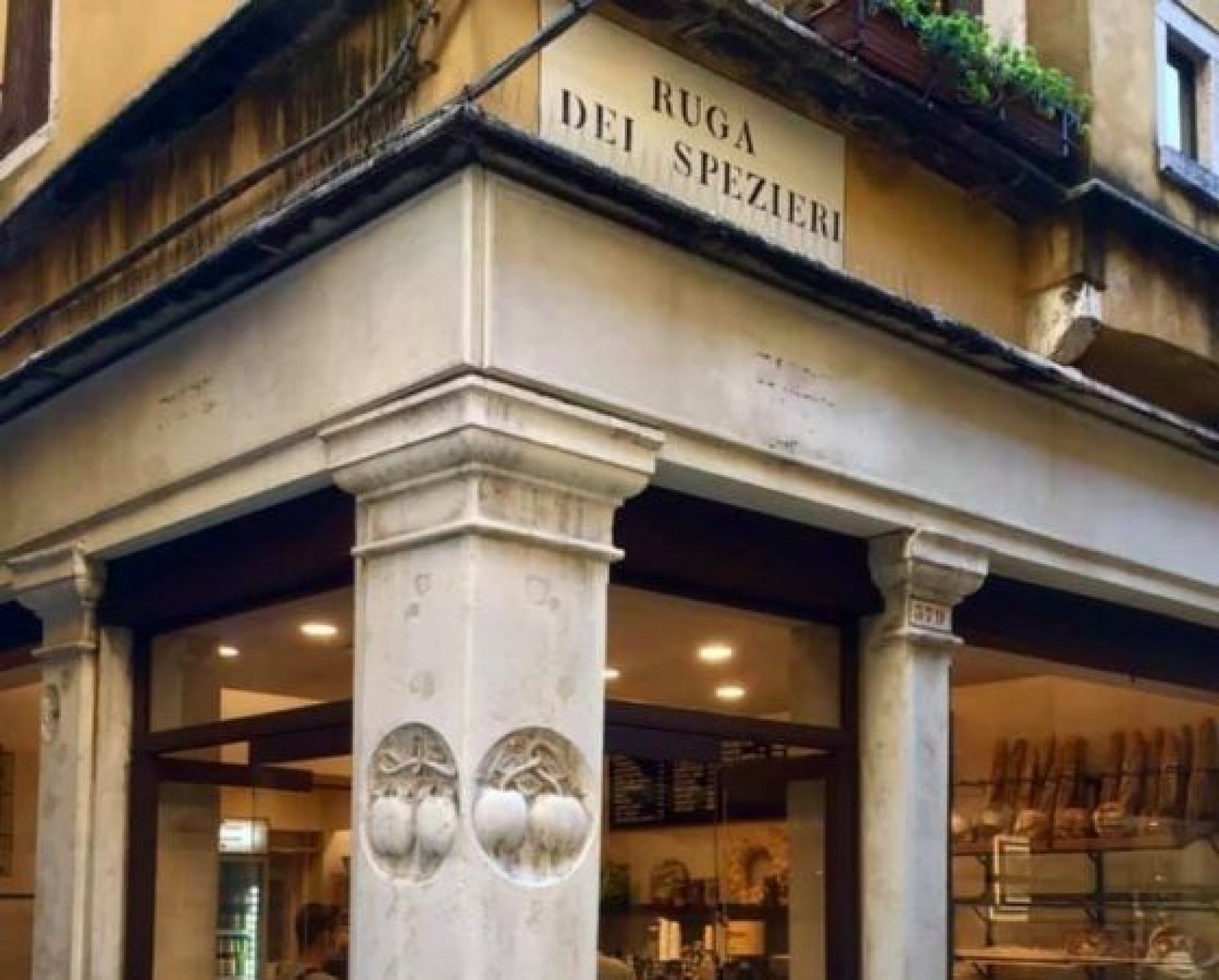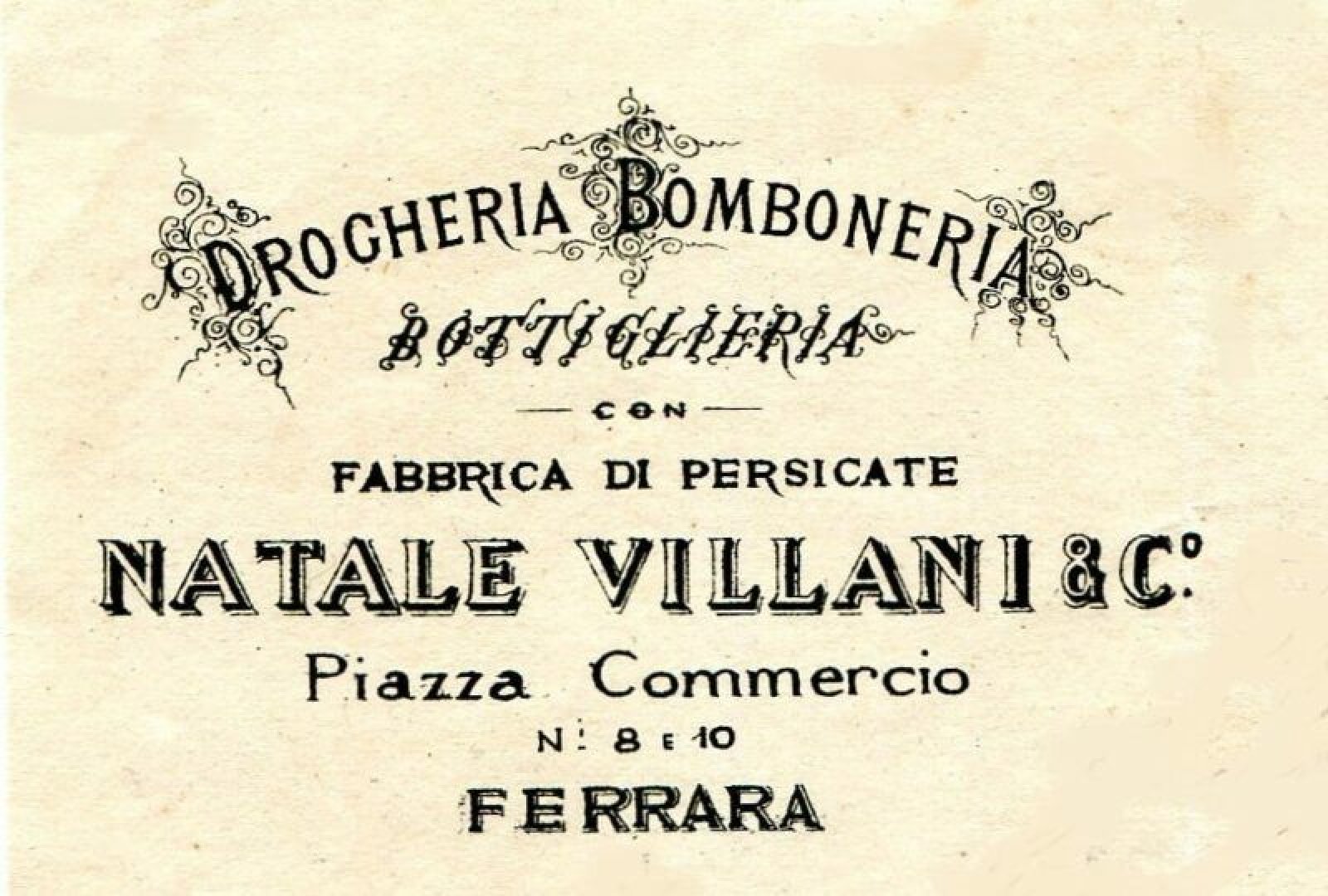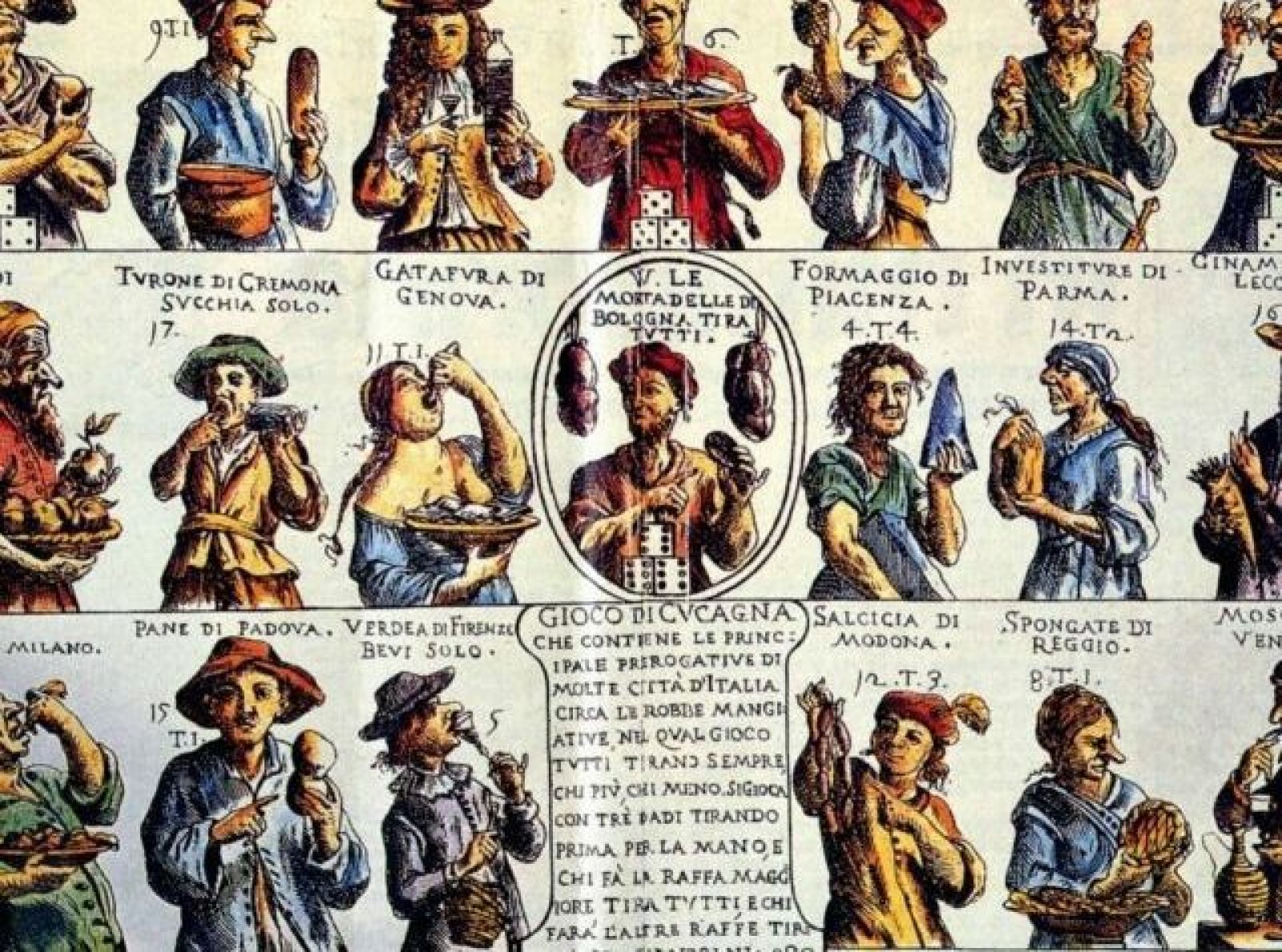Potrebbe interessarti anche

Once famous and appreciated far beyond the city’s borders, persicata ferrarese is today a nearly forgotten delicacy. Yet, between the Renaissance and the early 20th century, this peach-based sweet was considered a true gem of the Este court’s culinary tradition. Though the recipe has almost disappeared from collective memory, its rich and fascinating history deserves to be told.
The name persicata derives from persica malus, or “Persian apple,” as the Romans called the peach imported from Persia. In Renaissance Ferrara, persicata was a type of peach jelly, often served in noble courts and monasteries—especially at Sant’Antonio in Polesine, where Benedictine nuns were renowned for their fruit preserves.
Cristoforo da Messisbugo, master of banquets for the Este family, included persicata among the must-have delicacies at ducal feasts. This sweet was not only a treat for the palate but also thought to have restorative and medicinal properties, and was often offered to nobles and pilgrims visiting the monastery to venerate Beatrice II d’Este.
Persicata’s fame extended well beyond Ferrara. It was showcased at international exhibitions in Florence (1861), Paris, and London (1862), described as preserved peaches among Italy’s finest specialties. Its reputation even reached royal courts—Isabella d’Este had it sent to Mantua, and Cosimo de’ Medici brought jars of it back from a trip to Ferrara.
Over time, however, the tradition faded. Today, none of the current nuns at Sant’Antonio remember producing the sweet, nor are there any peach trees left in the monastery’s orchard. Fortunately, thanks to recent archival research, the original Renaissance recipe was rediscovered and published in the book Torte, elisir, segreti e prosciutti by Alberto Cenci and Patrizia Cremonini.
The preparation was slow and meticulous—similar to making quince paste. Peaches were cooked, mashed, sweetened with clarified sugar, and left to dry in the sun for several days, in stages. It was a process that required time, patience, and the steady rhythm of an earlier age.
In the 20th century, the recipe was adapted into a different form: thin peach slices were baked until crisp, drizzled with rosolio (a sweet liqueur), and served on skewers. This “street dessert” version was popular in local pastry shops until the early 1900s, when the tradition gradually disappeared, especially after World War I.
Today, all that remains is the memory—and the occasional homemade experiment—of a sweet that once dazzled European courts and delighted poets like Torquato Tasso and even Gabriele D’Annunzio. With a little curiosity and passion, perhaps persicata could one day return to Ferrara’s tables, reviving a unique and delicious chapter of its culinary heritage.
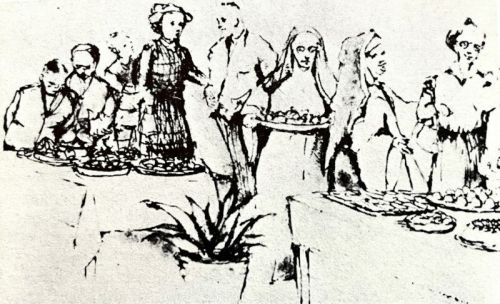

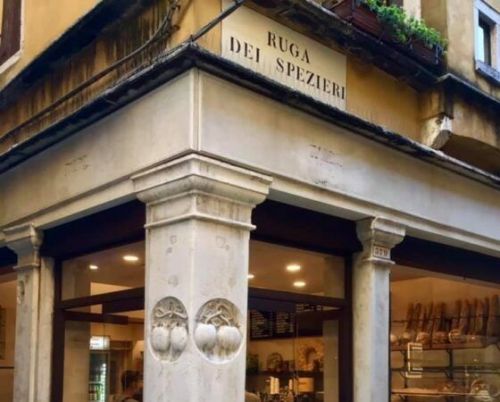

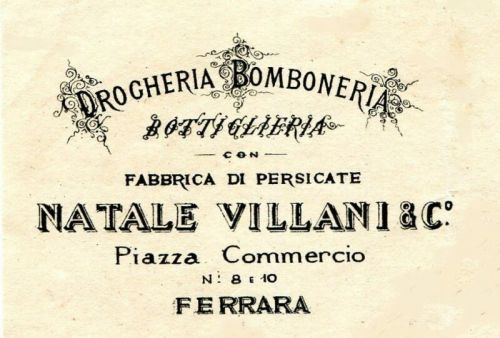

Immagini da www.filomagazine.it
This article was written in collaboration with Filo Magazine, based on the original piece by Flavia Franceschini.

